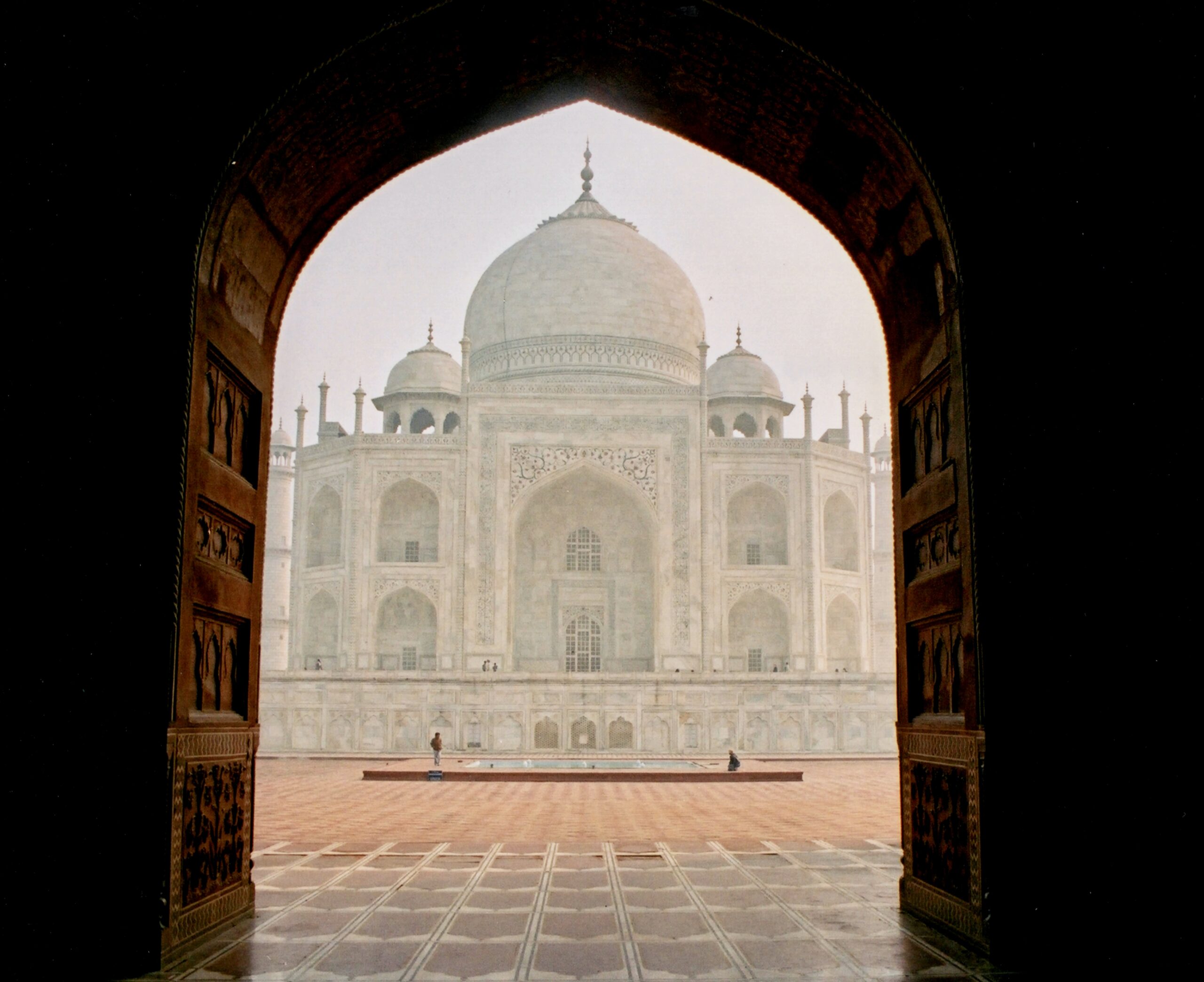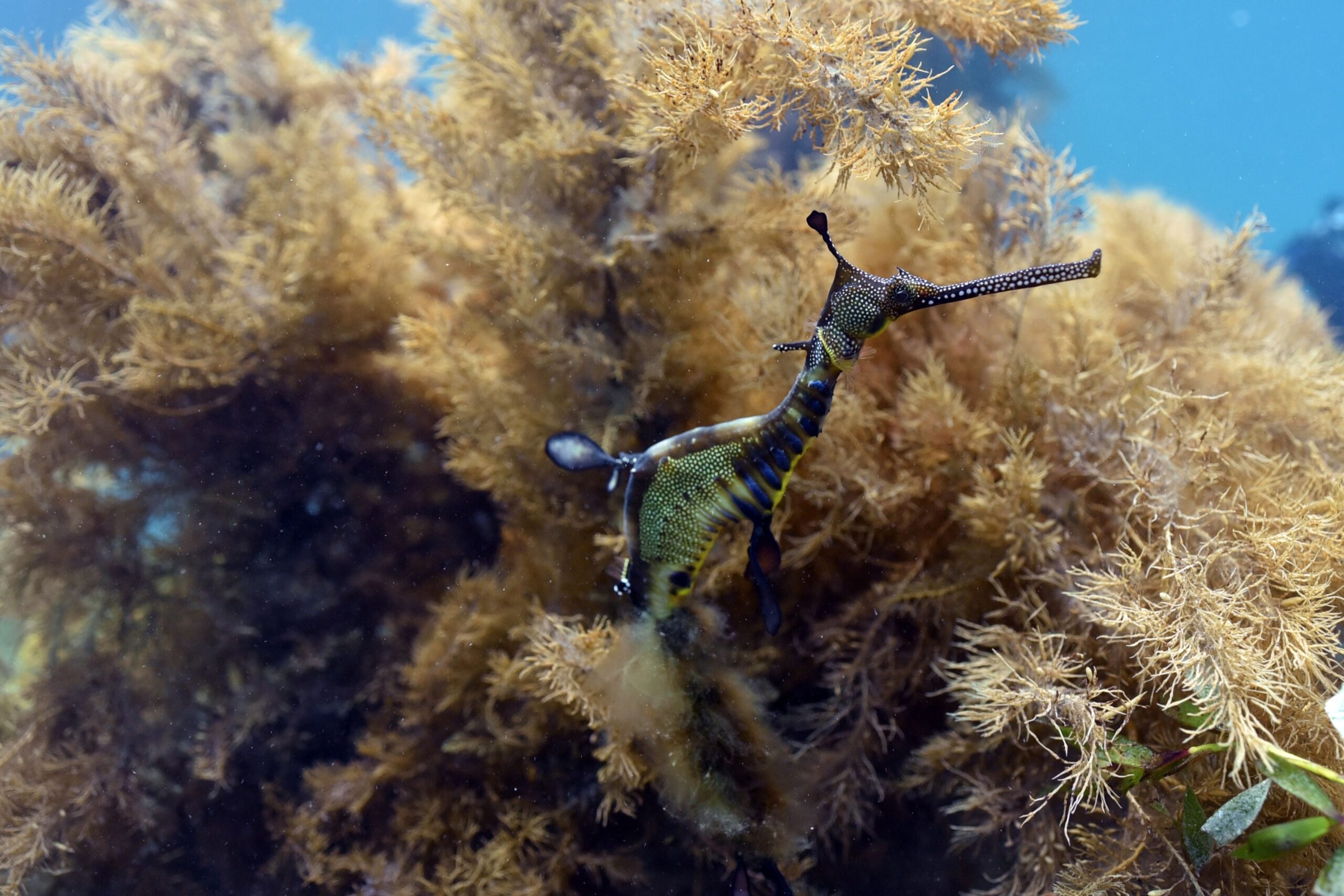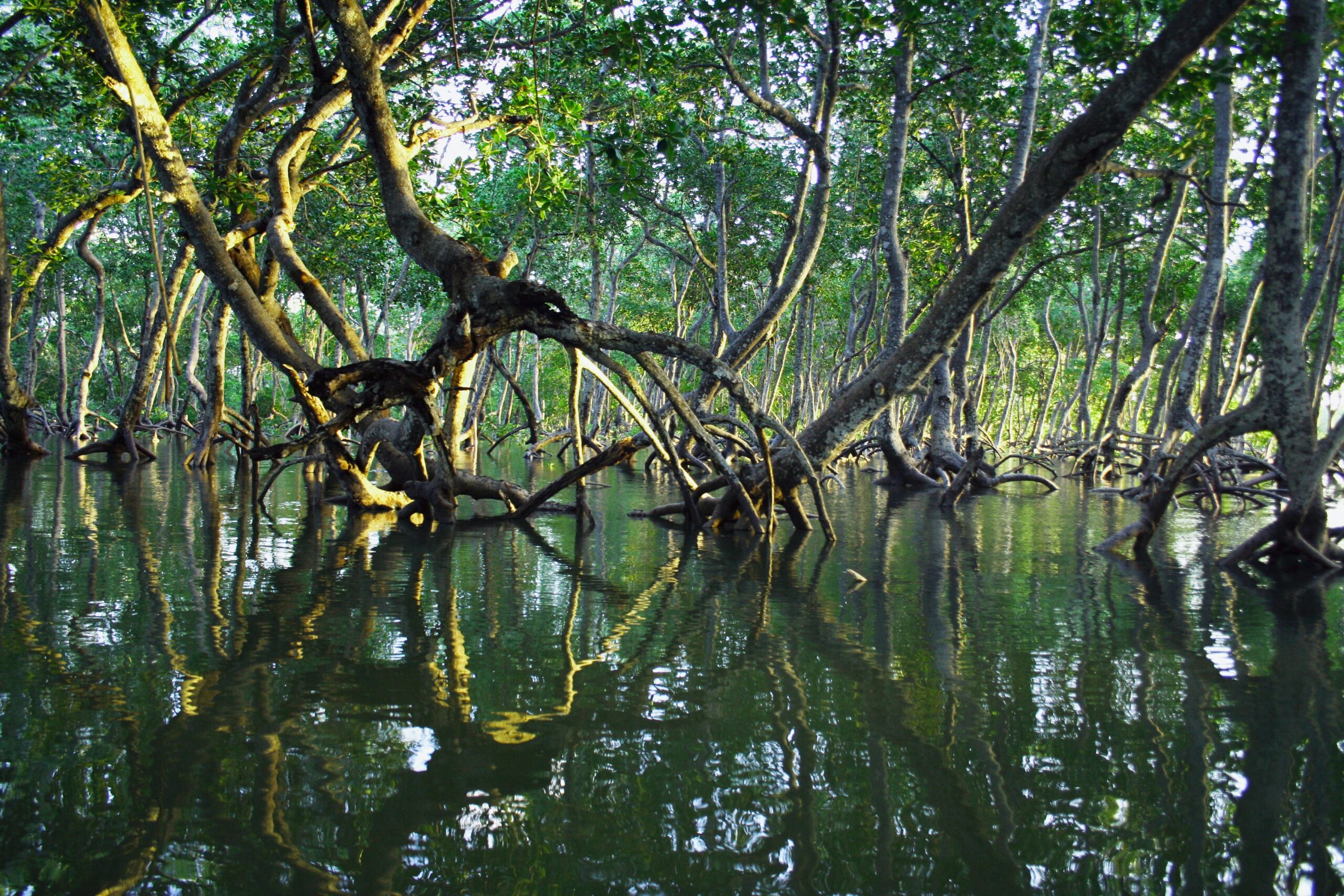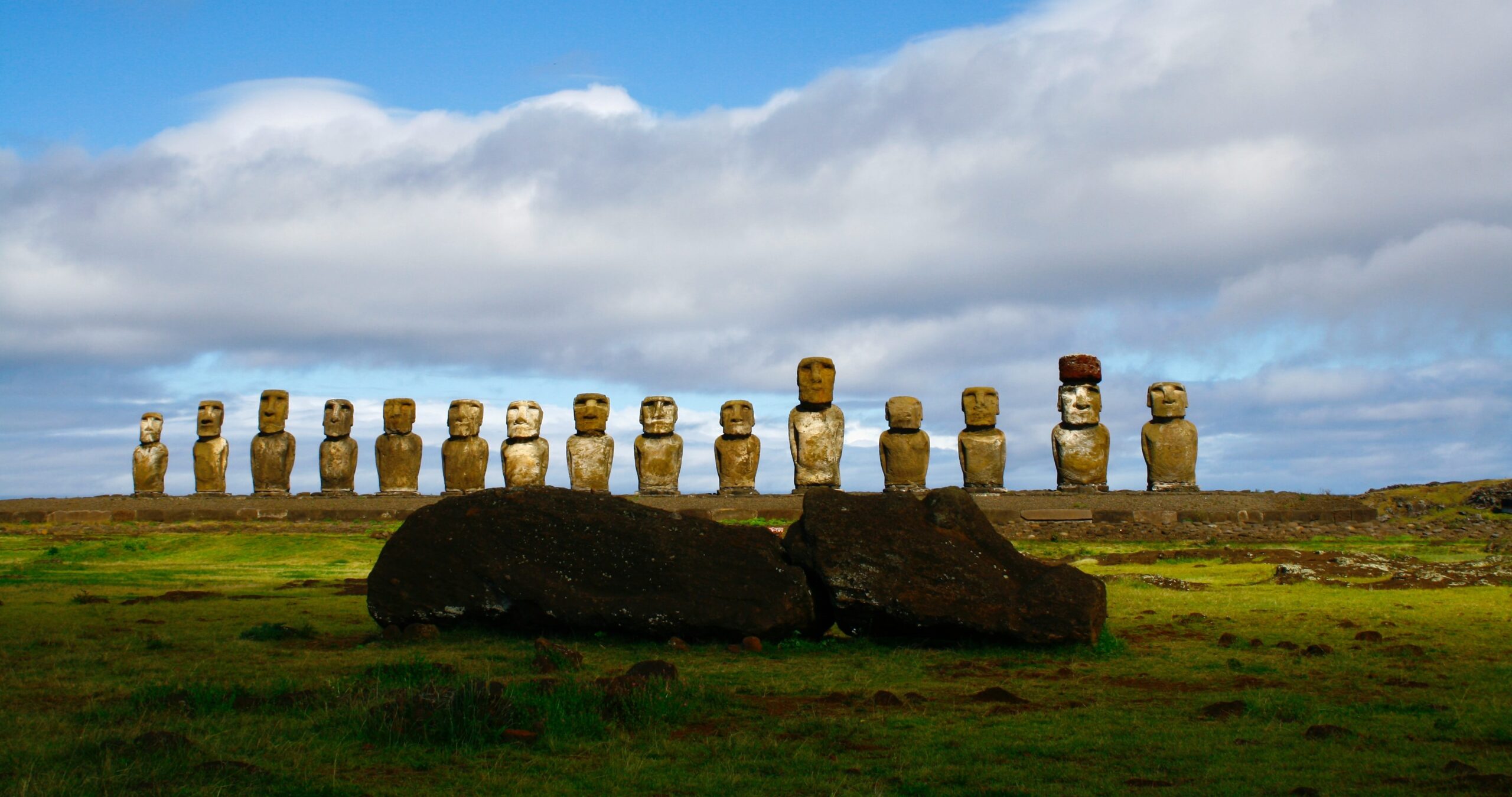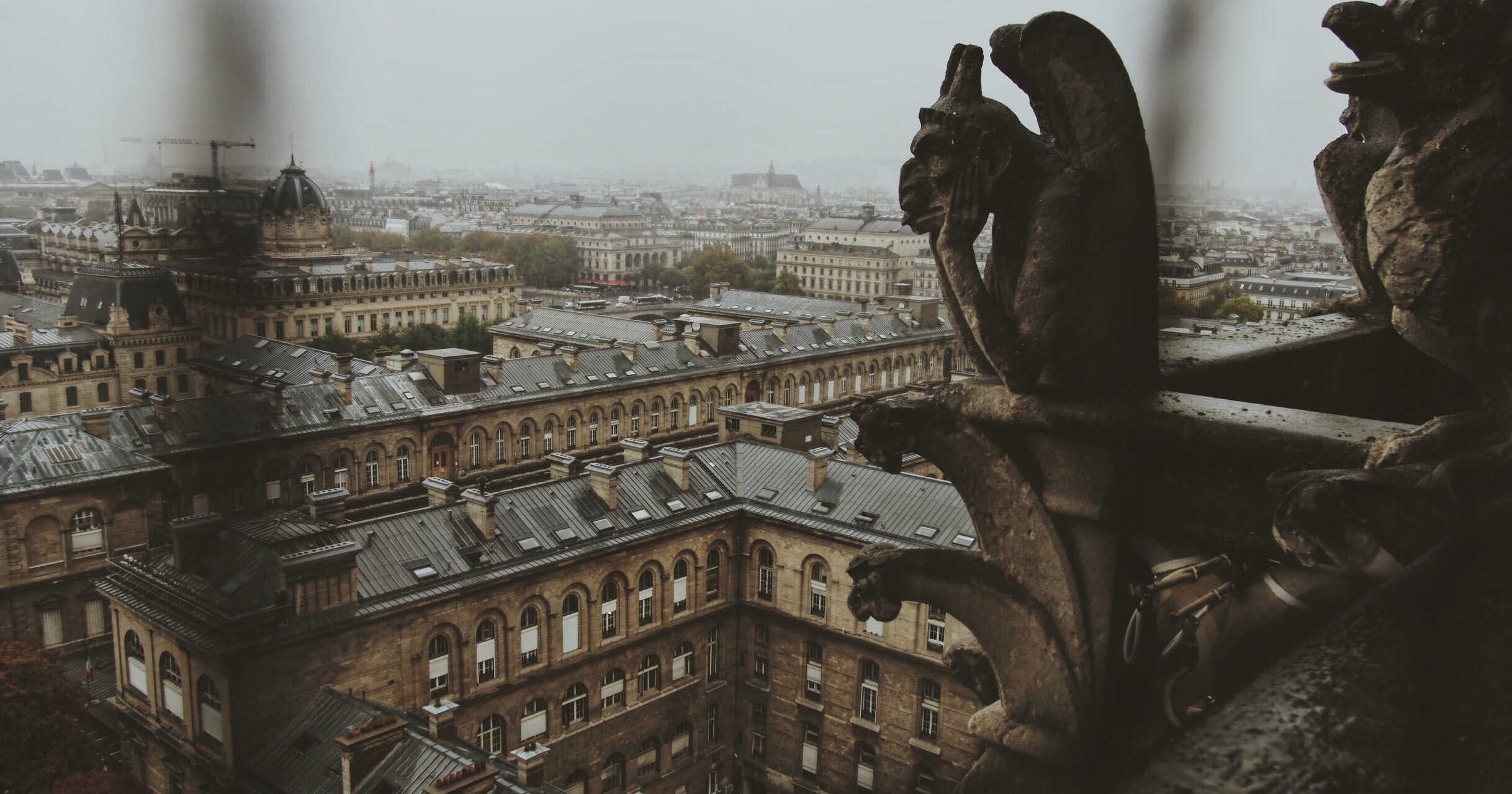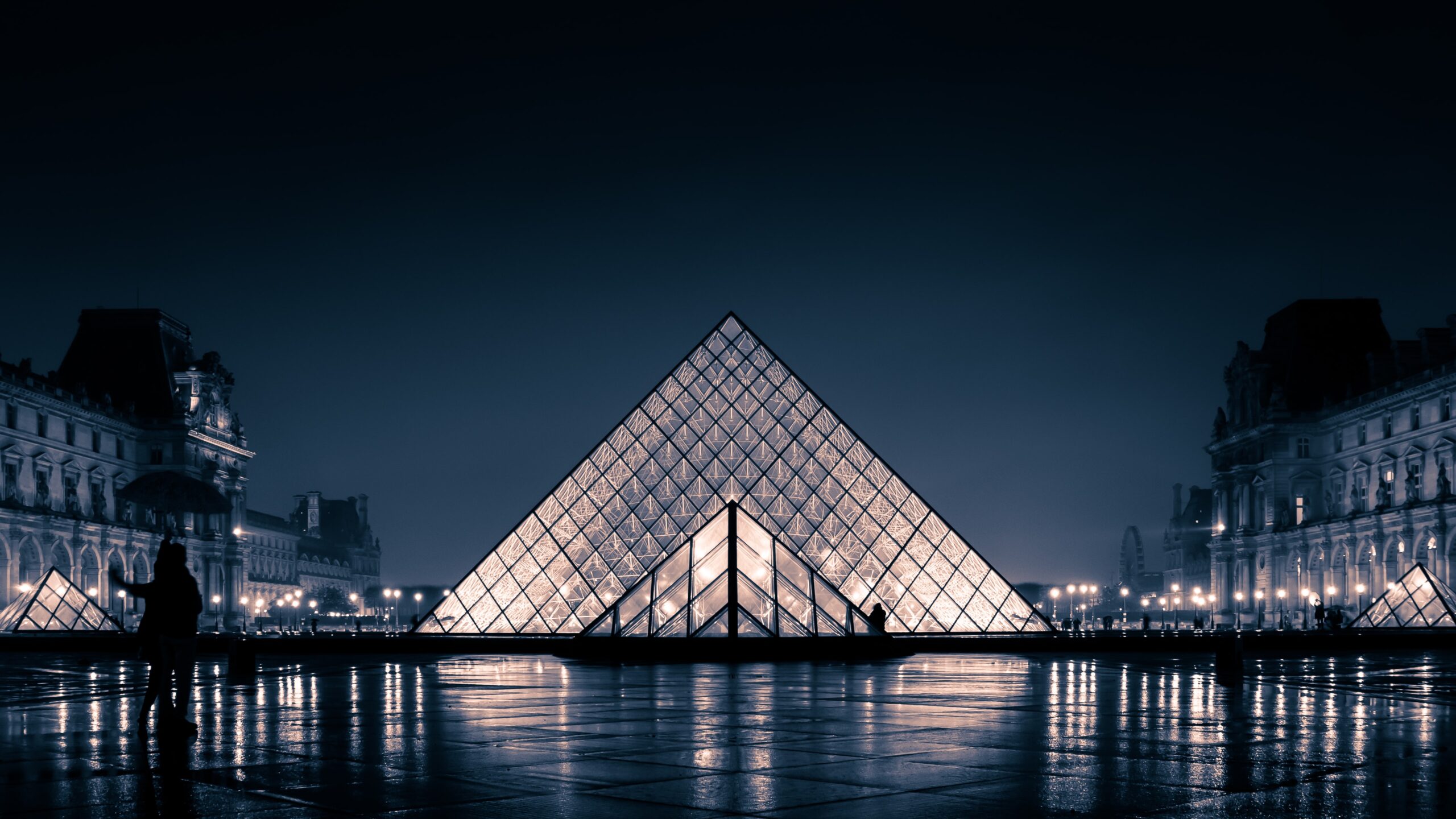Imagine you are walking between the monolithic columns of the Taj Mahal. Semi-precious stones faintly glimmer from upon the walls. Marble screens of the most intricate patterns give way to the tombs of Shah Jahan and Mumtaz Mahal, decorated with calligraphy inscriptions. Floral patterns and abstract designs are inlaid upon the stark, smooth marble surfaces. Every wall, dome, and pillar is a testament to the architectural prowess of the Mughal empire. Transport yourself into the clear blue waters of the Great Barrier Reef. A shoal of damselfish fish hurry past in a tropical burst of colour, while a seahorse gently bobs by a giant bouquet of corals. Next, you’re on the hills of Easter Island, gazing up in awe at the forty-foot-tall marvellous creations of the Rapa Nui people. The 1000 AD old monolithic faces of the Moai statues tower above you, preserving the artistry and cultural beliefs of their Polynesian creators.
These beautiful cultural landmarks are just a few of the countless cultural and natural heritage sites of the world that are under siege by a deadly predator: climate change.
L-R: A Seahorse amongst corals in the Great Barrier Reef; Mangroves in the Sundarbans.
The United Nations Educational, Scientific, and Cultural Organisation (UNESCO) has raised the alarm that protecting planet Earth’s World Heritage Sites is the need of the hour. While cultural sites bear the significance of preserving and communicating traditional knowledge of the past, natural heritage sites such as forests, reserves, mangroves and coral reefs have a very real impact on regulating the planet’s climate. They act as ‘climate change observatories’, which may be studied to find out causes and consequent mitigation practices to protect these biomes. According to UNESCO, “Climate change has become one of the most significant threats to World Heritage properties, potentially impacting their Outstanding Universal Value, including their integrity and authenticity, and their potential for economic and social development at the local level.”
R-L: The Moai Statues of Easter Island stand tall; Notre Dame, Paris.
Pollution, overfishing, and habitat destruction have led to the drastic decline in the marine biodiversity of Australia’s Great Barrier Reef. Once a haven for some of the most exotic and picturesque creatures and corals, it now faces the threat of degradation. Local reef conservation practices such as regular reef cleanups, reef gardening, and reef breeding may not be enough to shield these natural wonders from the disastrous effects of Global Warming. The delicate ecosystems of the Sundarbans are struggling to survive the volley of attacks caused by climate change. The first order of felony is the melting of the polar ice caps and glaciers. This, in turn, leads to rising sea levels, which inundate and consequently drown the mangroves.
With constant exposure to sulphur dioxide emissions and pollution from the river Yamuna, the shining white marble of the Taj Mahal is pristine no more. The effluents have caused the marble mausoleum to be stained yellow with green tinges as it resides in the world’s eighth most polluted city. The rising sea levels, high energy waves, and a consequent increase in erosion threaten to ruin the Moai statues on Easter Island. This World Heritage site is at an increased risk because islands, being circumvented by water, tend to be more vulnerable in the face of climate change. Erosion due to storms and crashing waves, along with landslides have made it increasingly difficult to protect these historic and cultural emblems of the Rapa Nui people.
The Louvre Museum at Night.
Adam Markham, deputy director of climate and energy at the Union of Concerned Scientists states that “Easter Island matters to the local people who live there but it is also a place of global heritage”. It bears a historic legacy which is essential to be preserved for the entire world. The flooding of the River Seine in early 2021 caused immense damage to the precious artworks housed in the Louvre Museum, in Paris. Scientists believe that climate change will cause heavy rains which lead to flooding of rivers far more frequently in the coming years. This, without a doubt, has disastrous consequences for iconic landmarks which are built by the riverside, like the Louvre, Notre Dame cathedral and the Musée d’Orsay. Louvre officials have taken steps to shift some of their most valuable artworks to an alternate location which is less prone to flooding caused by climate change.
“We are seeing heritage sites disappear due to climate change,” Hamish Crockett, project architect of the Louvre Conservation Centre says. “This is the new reality.” It is a true shame that despite the damage being caused to some of Earth’s most valuable symbols of nature, art and culture, the severity of the situation hasn’t sunk in. Climate change is a crisis that needs our immediate focus, because we are hurtling towards the destruction of our planet as we know it.
Words by Gayatri Thakkar.
Images via Unsplash.
